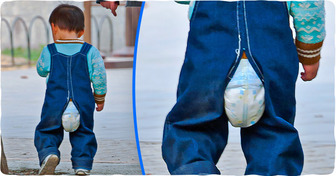13 Things You Can Only Find in Certain Countries and Never See Anywhere Else

Planet
2 years ago
If you choose comfort over anything else when getting new shoes, then some of the photos you will see below will perplex you. It is hard to imagine how to wear these strange shoes made of wood or metal, with incomprehensible details, bells, and huge platforms.
What’s your favorite pair of shoes? We’d love to see it!











